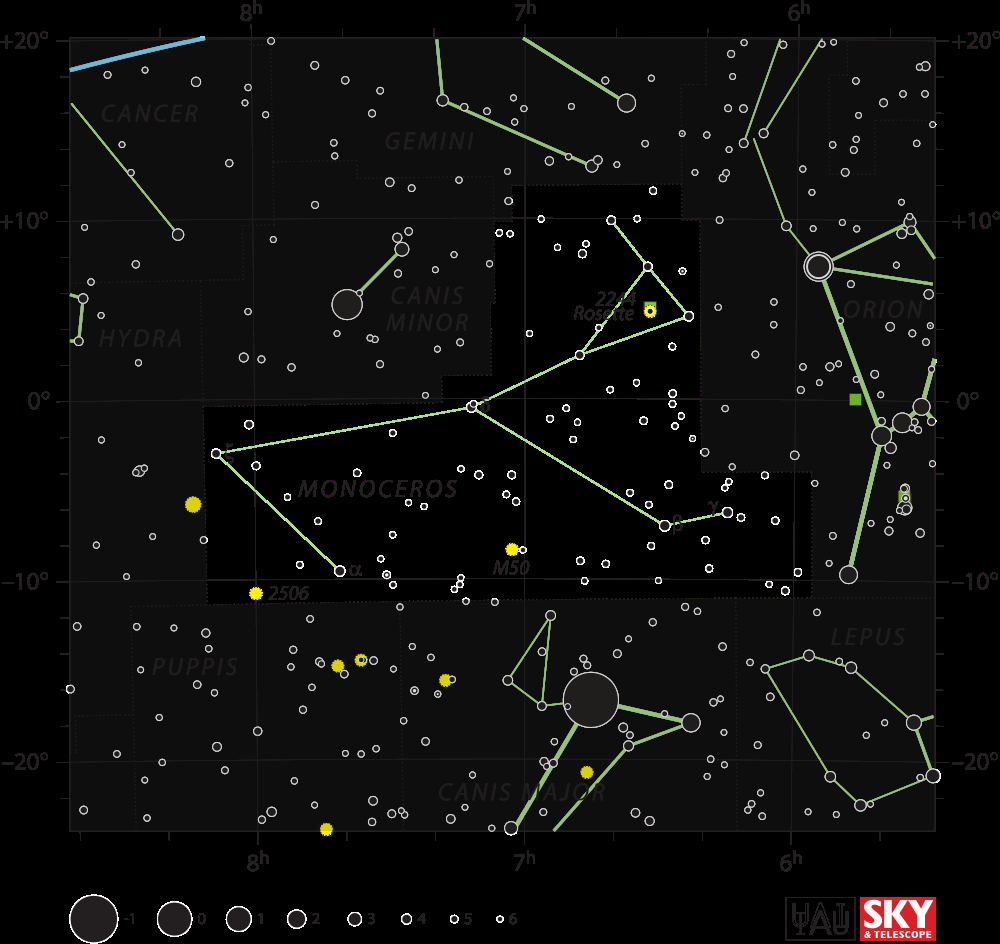
By IAU and Sky & Telescope magazine (Roger Sinnott & Rick Fienberg) [CC-BY-3.0], via Wikimedia Commons
"The Unicorn"

By IAU and Sky & Telescope magazine (Roger Sinnott & Rick Fienberg) [CC-BY-3.0], via Wikimedia Commons
Abbreviation: Mon
Genitive: Monocerotis
Constellation family: Orion
Nearest constellations: Canis Major, Canis Minor, Gemini,
Hydra, Lepus, Orion, and Puppis
Right ascension: 7.15h
Declination: -5.74°
Visible between latitudes: +75° and -86°
Square degrees: 482
Luminary: Beta Monocerotis
Notable deep sky objects: M50, NGC 2237 (the Rosette Nebula), NGC 2264 (the Cone Nebula), the Snowflake Cluster, the Fox Fur Nebula
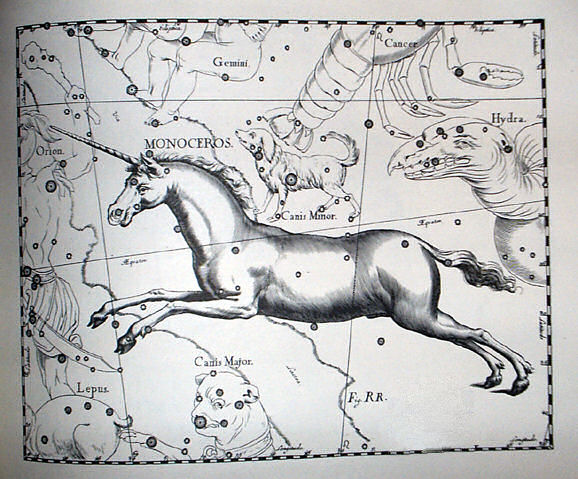
By Johannes Hevelius [Public domain], via Wikimedia Commons
Monoceros is a faint constellation near the equator. It is best seen in February.
The brightest star in the constellation, Beta Monocerotis, is a unique triple star system. The three stars form a distinct triangle when viewed through a telescope.
Monoceros includes the location of Plaskett's star, which is one of the most massive binary stars discovered in the universe. The two stars have a combined mass of around 100 times the mass of the Sun and orbit a common center of gravity every 14.4 days.
There is no mythology associated with this constellation.
NGC 2264 (including the Cone Nebula, the Christmas Tree Cluster, the Snowflake Cluster, and the Fox Fur Nebula):
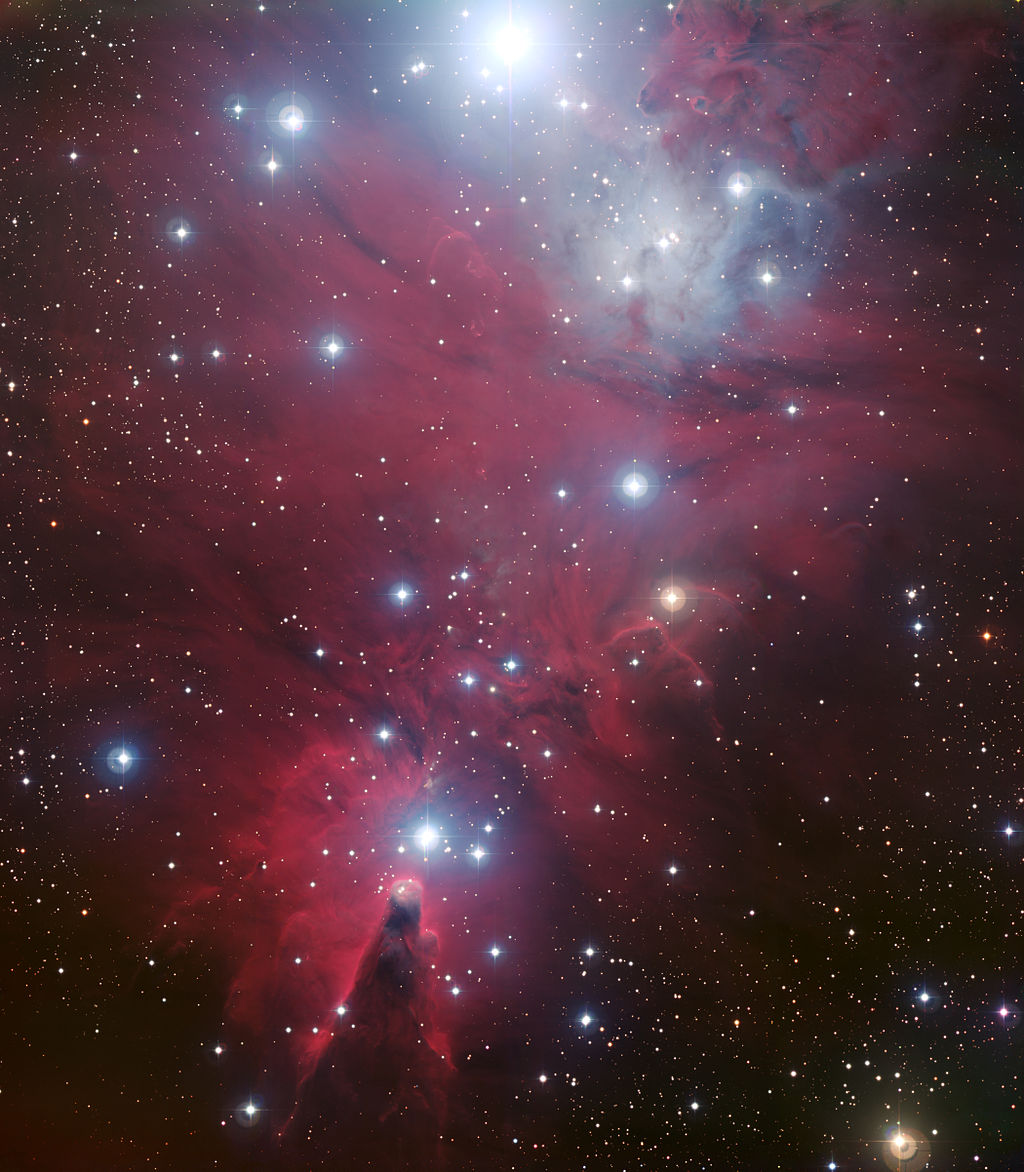
By ESO [CC-BY-4.0], via Wikimedia Commons
Monoceros R2 (star formation region):
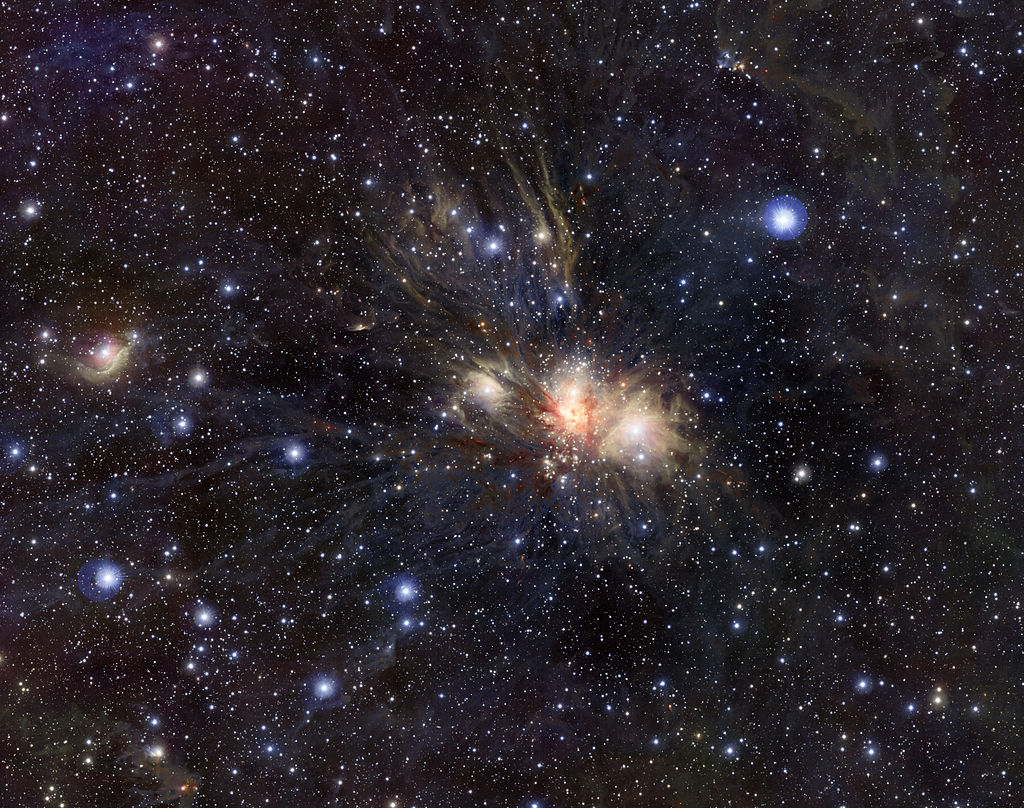
By ESO/J. Emerson/VISTA [CC-BY-4.0], via Wikimedia Commons
NGC 2346 (nebula):
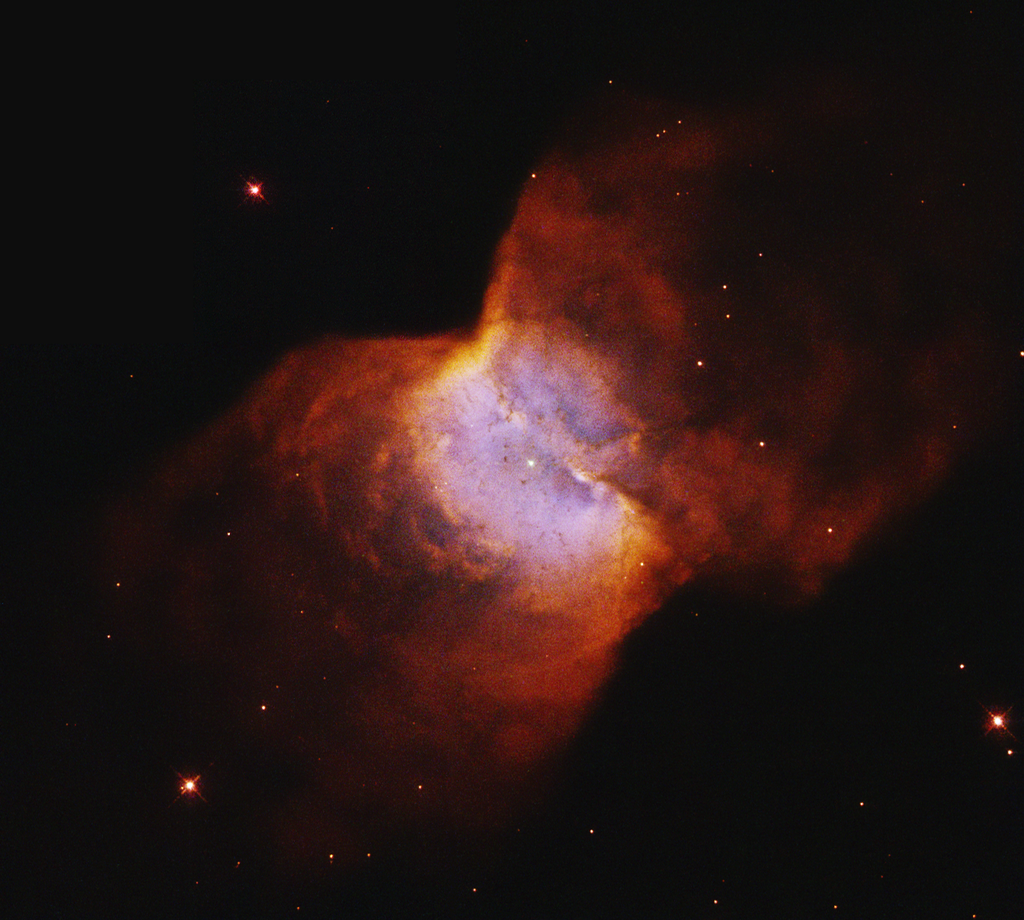
By Judy Schmidt [CC-BY-2.0], via Wikimedia Commons
HD44179 (the "Red Rectangle", a particularly unusual nebula):
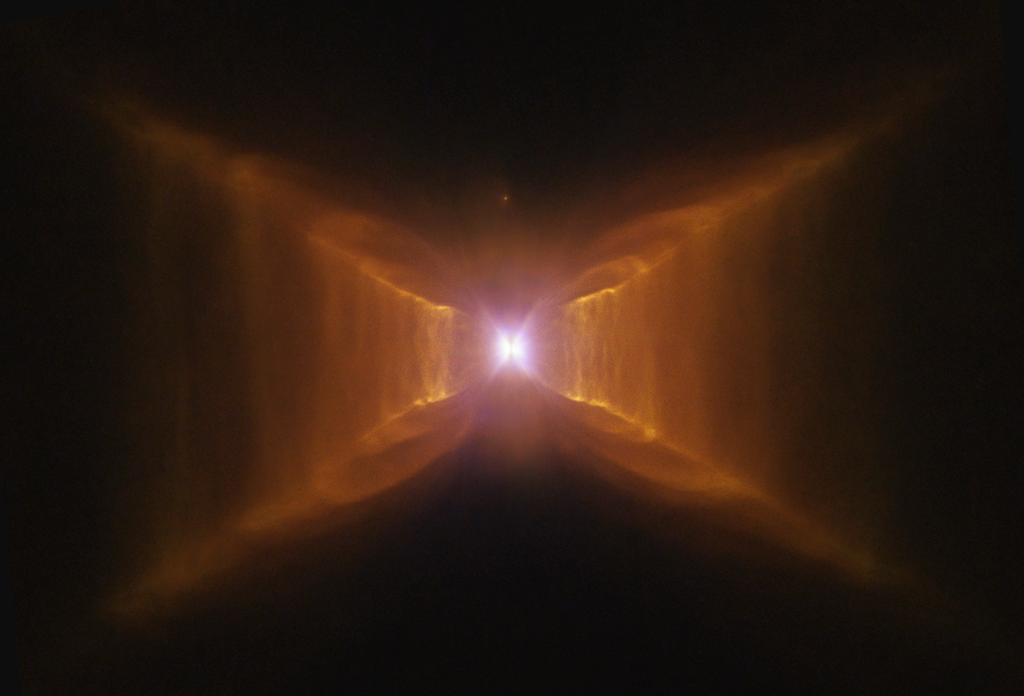
By Judy Schmidt [CC-BY-2.0], via Wikimedia Commons
V838 Monocerotis (variable star and surrounding "light echo", or reflected light from a stellar explosion):
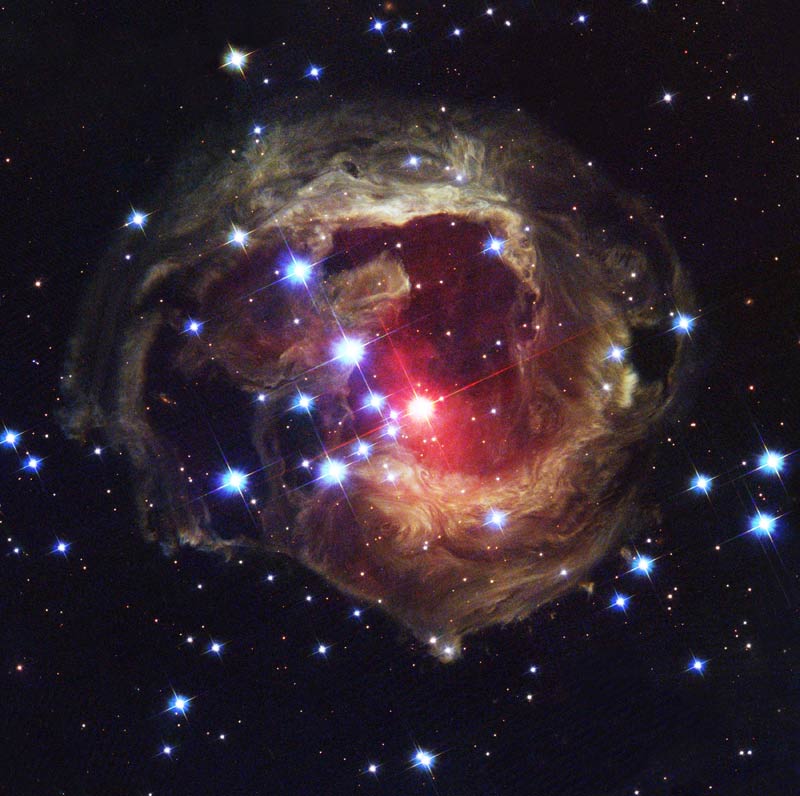
By NASA and The Hubble Heritage Team (AURA/STScI) [Public domain], via Wikimedia Commons